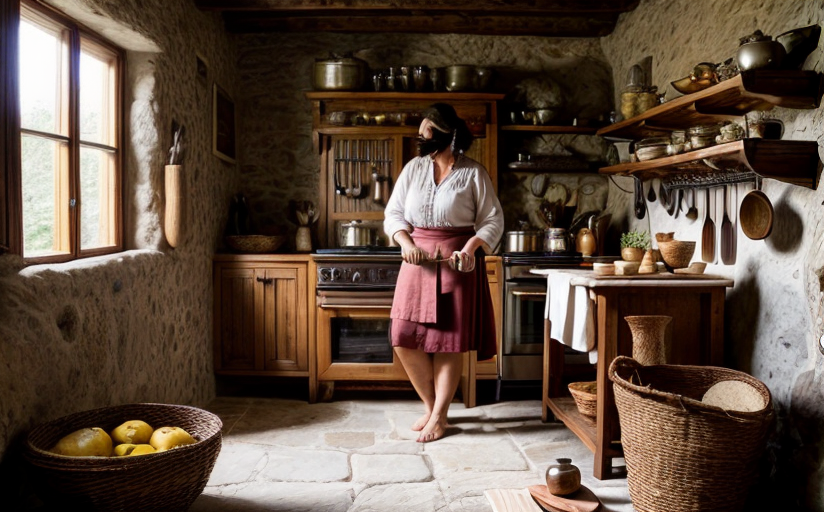Tracing Ancient Cooking Techniques & Recipes: A Culinary Journey Through Time
Throughout the evolution of civilization, food has stood at the epicenter, defining cultures, shaping traditions, and influencing lifestyles. This article delves deep into the rich tapestry of ancient cooking techniques and recipes, illuminating their integral role in the gastronomy of today.
Ancient Greece
Recipient of a rich variety of natural resources, the cooking techniques of Ancient Greece were predominantly based on simplicity. Most meals were made from ingredients available locally, like legumes, olives, fish, and cereals. An iconic ancient Greek preparation that has stood the test of time is 'Souvlaki', skewered meat cooked over an open flame, embodying the quintessentially rustic culinary charm of this region.
Ancient Rome
Renowned for their lavish feasts, Ancient Romans refined several cooking techniques like baking, boiling, and frying. They were also known for their exceptional preservation techniques, particularly in the making of 'Garum', a fermented fish sauce used abundantly in their cuisine. A legacy from Rome to the modern culinary world is its variety of pastas, and the rich and flavourful 'Minutal ex Praecoquis', a Roman fruit stew.
Ancient Egypt
The resourceful Egyptians, living along the fertile Nile, naturally evolved a plant-based cuisine. They pioneered the art of brewing beer and baking bread, using yeast for fermentation. A notable dish that illustrates the intricacy of their cooking technique is 'Ful Medames', a slow-cooked mash of fava beans, still revered in Egyptian cuisine.
Ancient Asia
Asia's culinary heritage is diverse, reflecting the vastness of this continent. From the introduction of rice cultivation in Ancient China to the development of curry flavours in India, Asian cuisine is a splendid fusion of countless cultures. The innovative Chinese technique of smoking meat, implemented in the famous 'Lap Cheong' sausages, and the ancient technique of sun-drying fish and vegetables were ingenious methods of food preservation.
The Ancient Americas
The Americas, home to the Maya, Aztec, and Inca civilizations, are credited with introducing the world to ingredients like corn, potatoes, and tomatoes. Their primary cooking techniques revolved around grilling and boiling. One such surviving recipe is 'Pozole', a slow-simmered stew made with hominy corn, a testament to the ancient Native American culinary tradition.
Conclusion
From fermentation to sun-drying, and smoking to preservation, the innovative culinary techniques mastered by our ancestors not only ensured their survival but also laid the foundations for the fascinating world of gastronomy we relish today. As we continue to innovate and explore new culinary landscapes, it is the timeless wisdom and resourcefulness of these ancient cultures that remain as our guiding beacon.
So, let's raise a toast to these ancient culinary traditions, and while we're at it, why not try recreating 'Souvlaki', 'Ful Medames', or 'Pozole' in your modern kitchen with a contemporary twist? Food, after all, is a journey - one that we embark upon with every new dish we create, deriving inspiration from the old while crafting the new.



















Comments
Leave a Comment